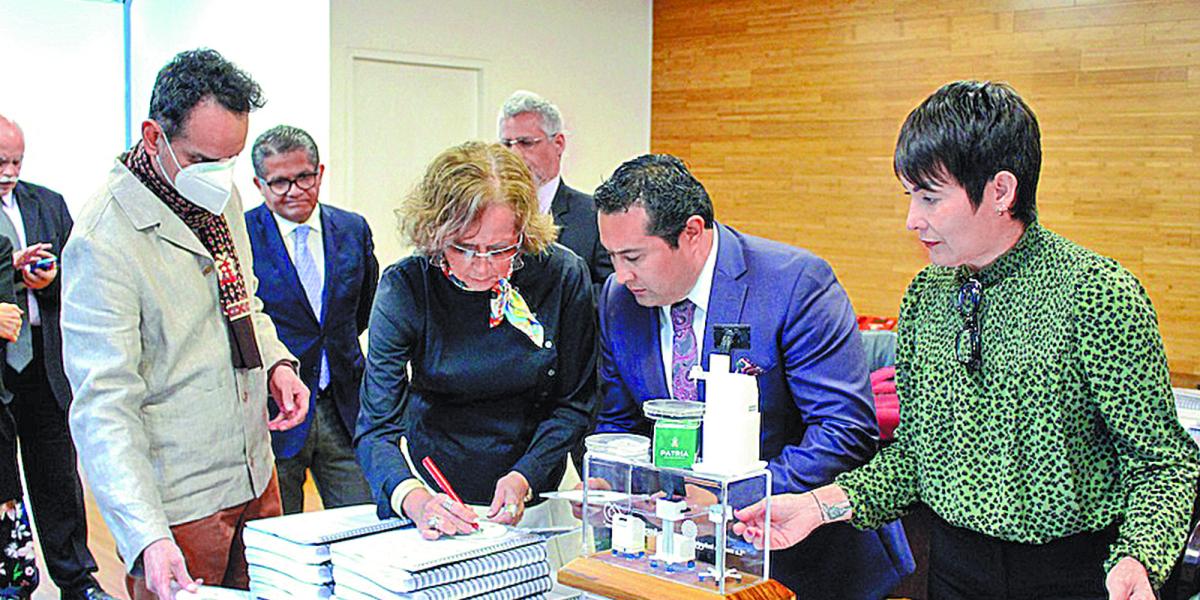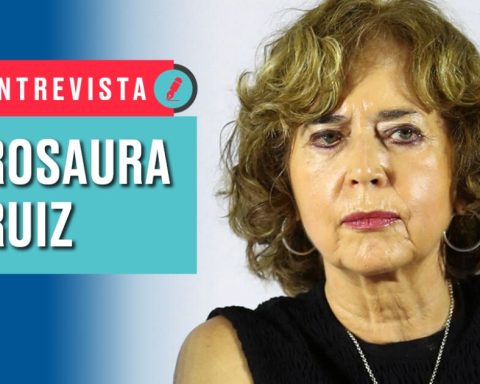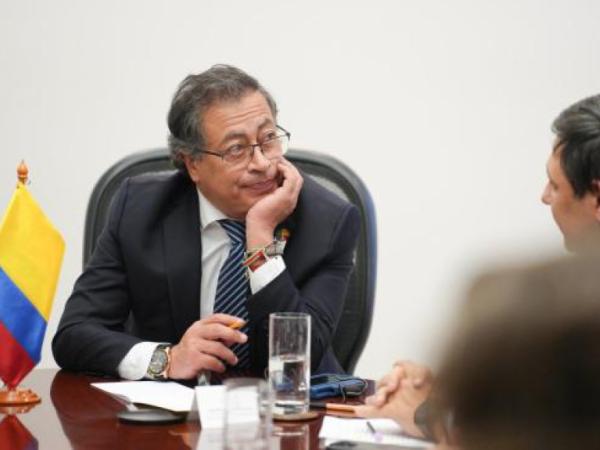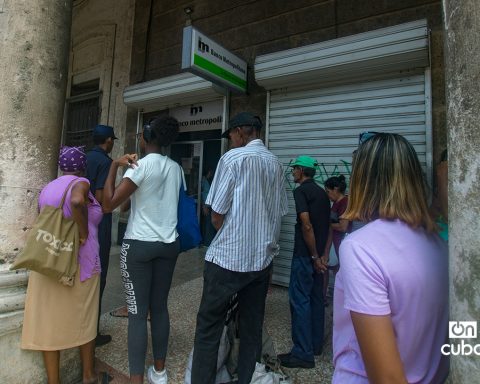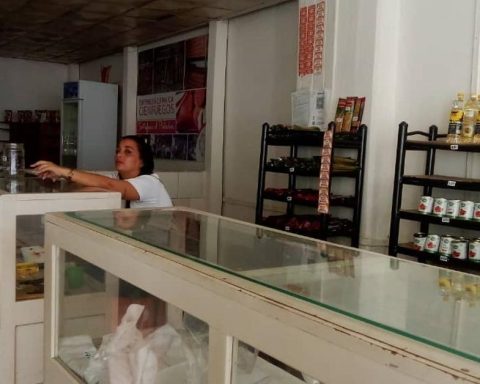The National Council of Humanities, Sciences and Technologies (Conahcyt) published last Wednesday the delivery-reception act by which it transfers the powers of scientific policy to the new Secretariat of Science, Humanities, Technology and Innovation (Secihti) that heads the biologist Rosaura Ruiz Gutiérrez. However, the structure has not yet been defined nor have the appointments or the new way of operating of the agency been made public.
Until yesterday, Thursday, the Conahcyt page and its social networks continue to function as the official means of communication for the sector.
The brief delivery-reception announcement reads: “Secihti will work to make Mexico a scientific and innovation power. As the president said. To this end, we will support basic, natural, social sciences and the humanities, and we will link them with priority areas and sectors for national development.”
On the same Wednesday, as the first official act, Ruiz Gutiérrez received the Italian ambassador to Mexico, Alessandro Modiano, accompanied by a delegation, for the signing of a joint declaration of intention in scientific and technological matters, to achieve a memorandum of understanding for the transnational access to research infrastructure, and support for seminars, workshops and joint scientific meetings.
Sheinbaum supports Red ECOs
This Thursday, October 3, Secretary Rosaura Ruiz attended, together with the women who make up the federal cabinet, the morning conference of President Sheinbaum for the presentation of the “Structural Actions that Contribute to Substantive Equality.”
During this conference, the president was questioned about university autonomy and took the opportunity to reiterate that one of the driving axes of the new secretariat will be through the ECOs Network.
“The university (UNAM) is autonomous, I was a licensed university student until a few months ago, I was a researcher at the UNAM Engineering Institute for many years and I also fought at the National University for democracy,” she stated.
“It is up to the university itself, to the university students, to transform it. I believe that in many ways, collective work was abandoned – and this is my personal opinion. The academy, the salaries of professors, researchers, and I am not saying that it should not be like that, it is a salary, then comes a stimulus and then if you have the National System of Researchers. For full-time research professors there are various ways in which their full salary is made up, apart from that there are hourly professors, who earn much less.
“That individualized the academic work a lot, because it generates competitions of who has the most points, I believe, and that is one of the tasks of Rosaura Ruiz, who was president of the Mexican Academy of Sciences, a recognized researcher, to strengthen collective work from the academy, because that generates more knowledge, we also have the technological innovation project. Much more collective work needs to be promoted than just individualized work and personal effort. That will be one of the tasks through the ECOs Network for different topics that we are going to develop,” stated Sheinbaum.
Later, Dr. Ruiz held a meeting with the representative of the Inter-American Development Bank in Mexico, Laura Ripani, to talk about Red ECOs, the Rosario Castellanos University and lithium.
What is the ECOs Network?
The precedent is in the initiative of the Secretariat of Education, Science, Technology and Innovation (Sectei) of Mexico City, of which Rosaura Ruiz was head during the government of the current president of Mexico. It is a body of consultation, opinion, advice and analysis. Its activities focus on promoting a culture of collaboration based on the development of joint projects. Between 2019 and 2024, around 300 projects have been generated in CDMX.
It is made up of an inter-institutional, multi-sector and transdisciplinary group that includes public and private higher education institutions, public research centers, local government agencies, national institutes and other organizations based in Mexico City that sign a framework agreement. to integrate and participate in the work and programs of the Network.
